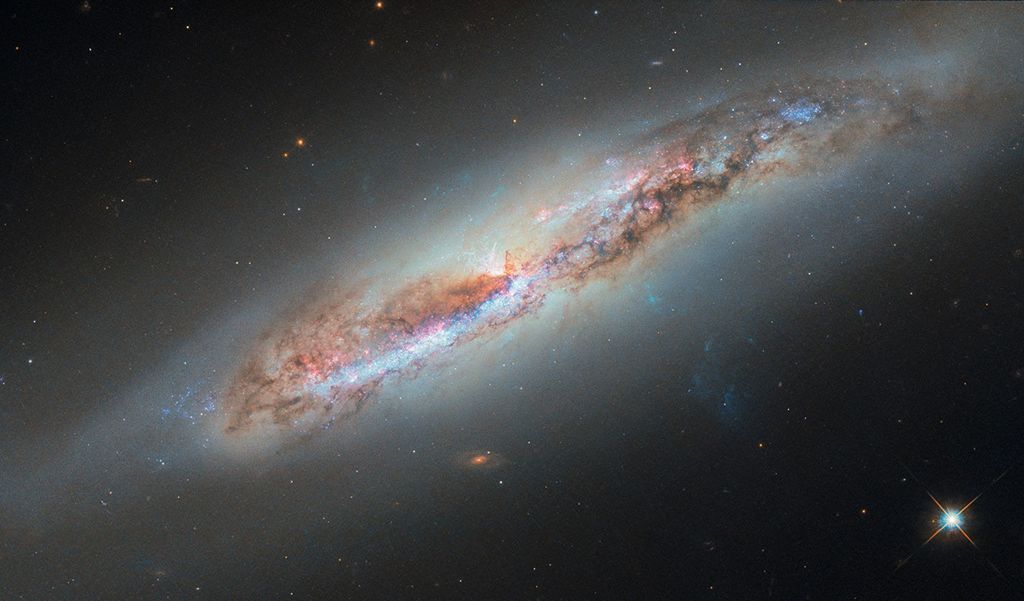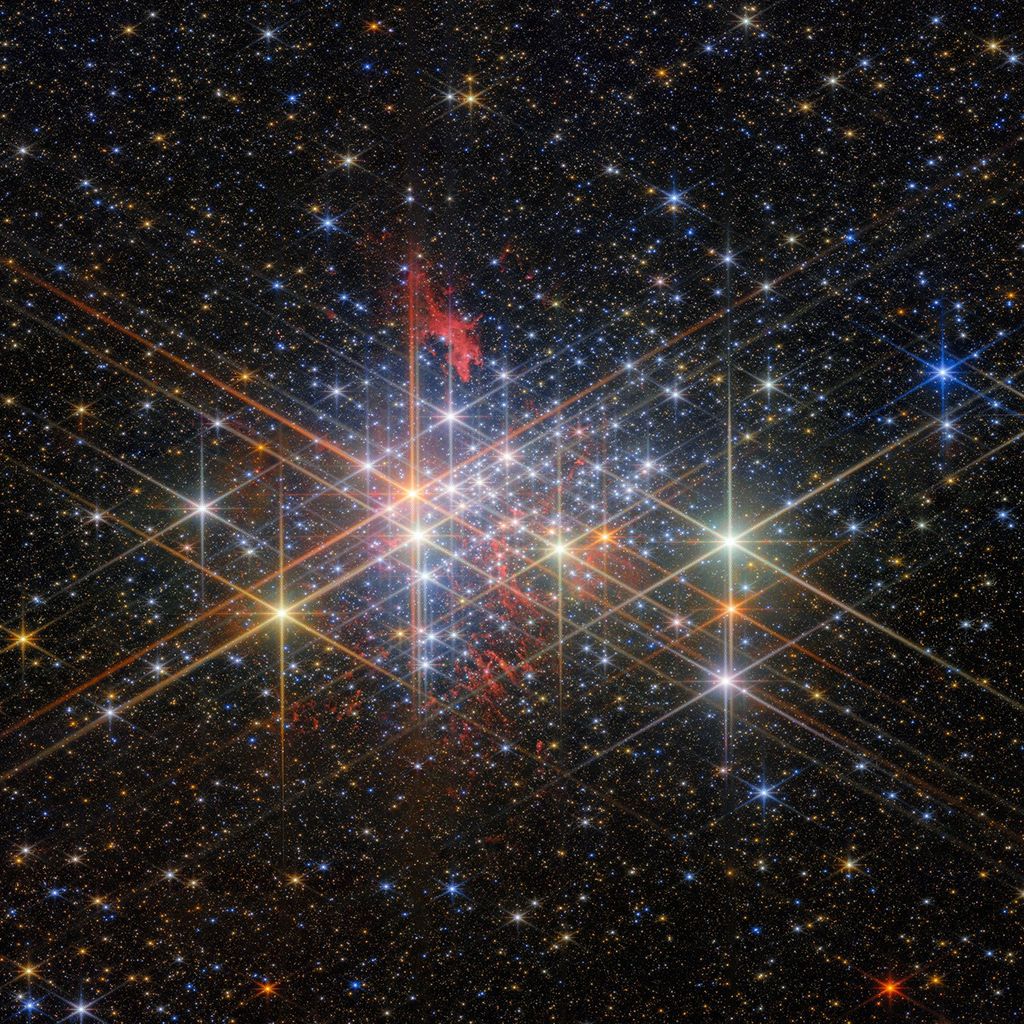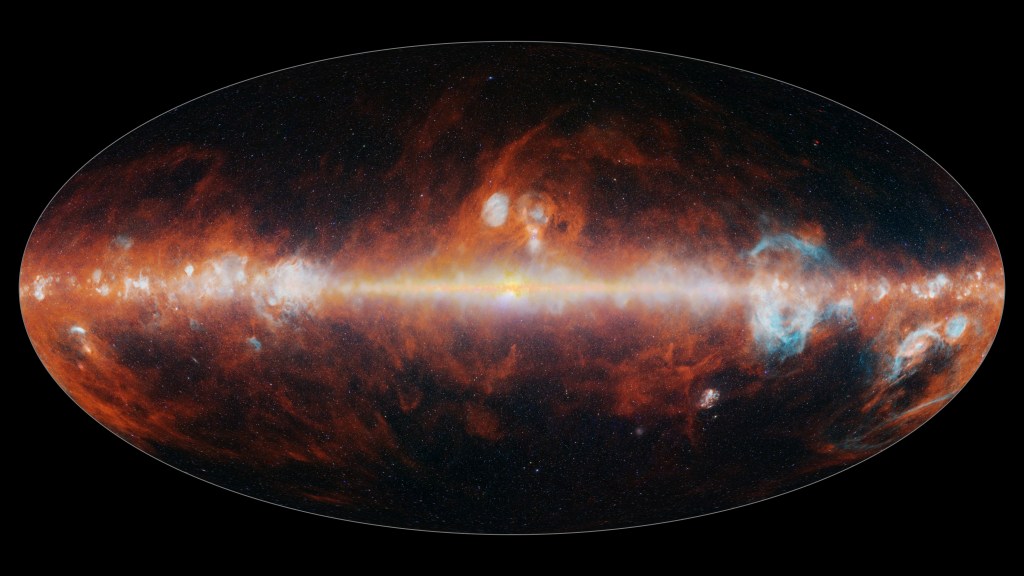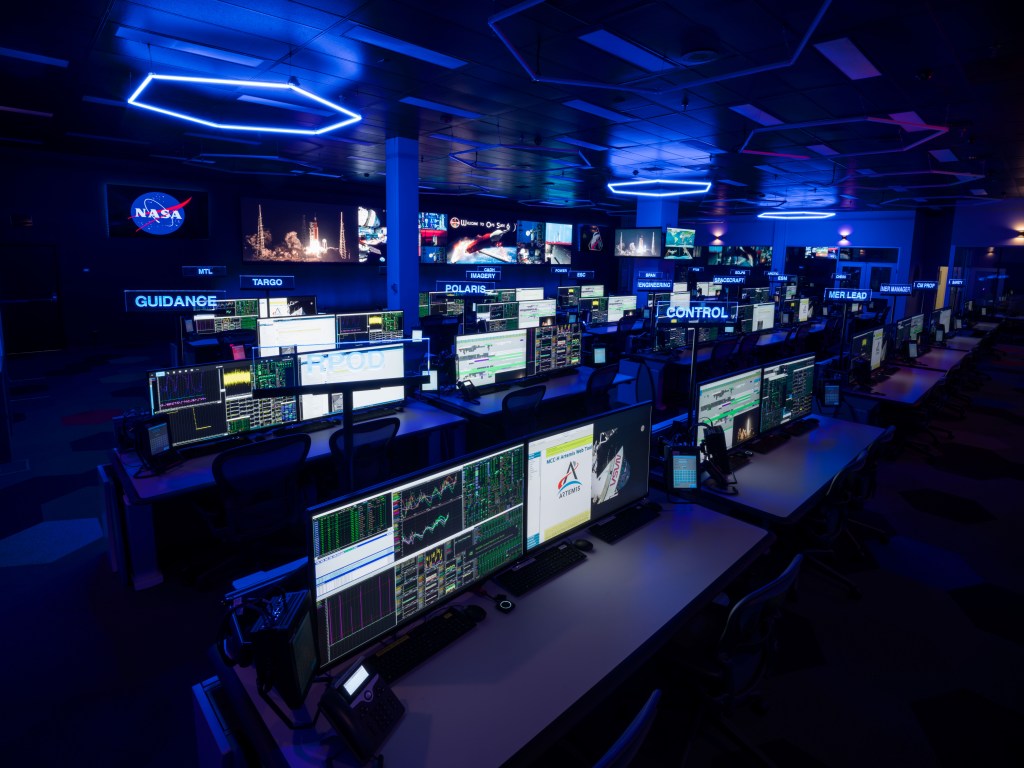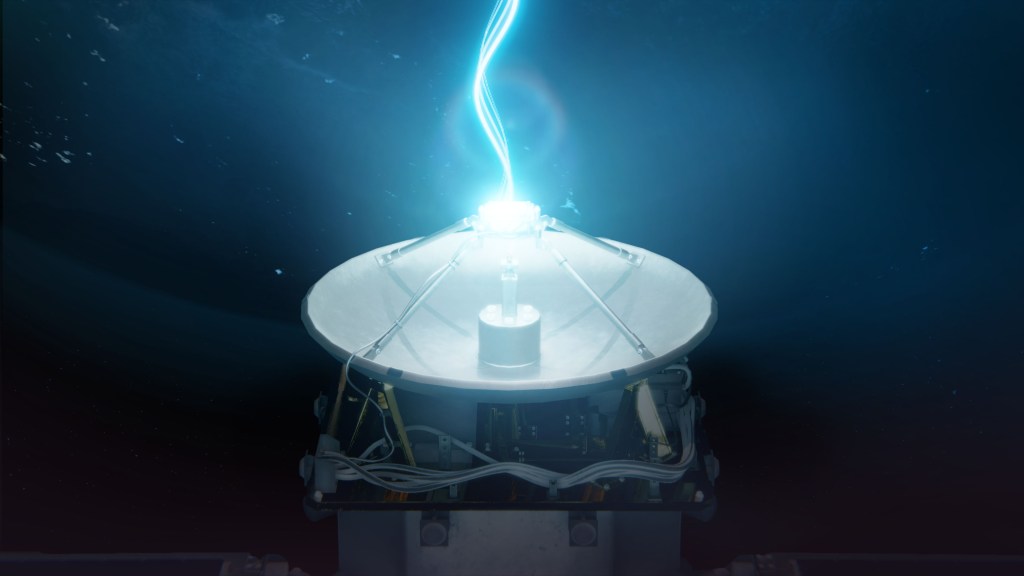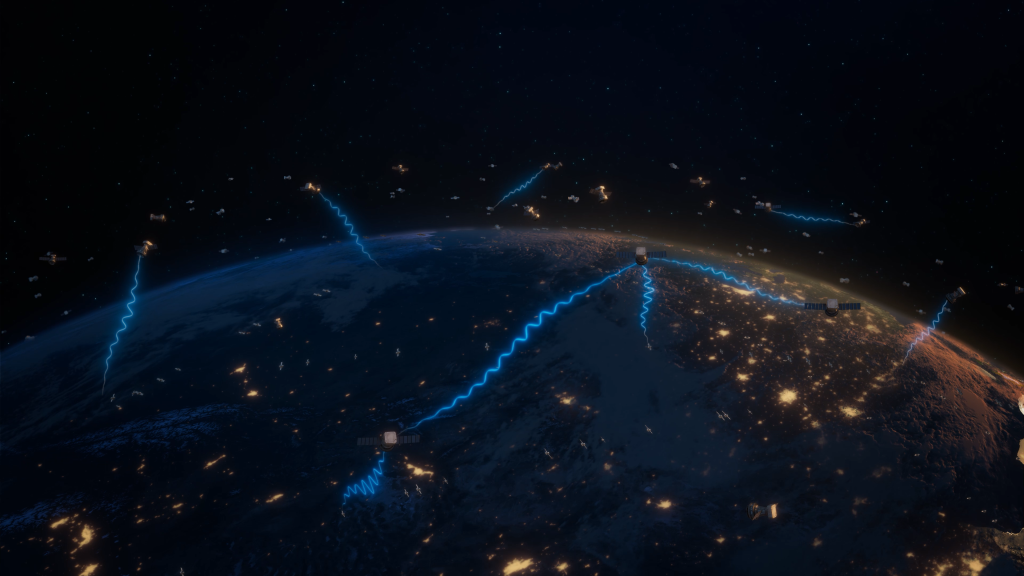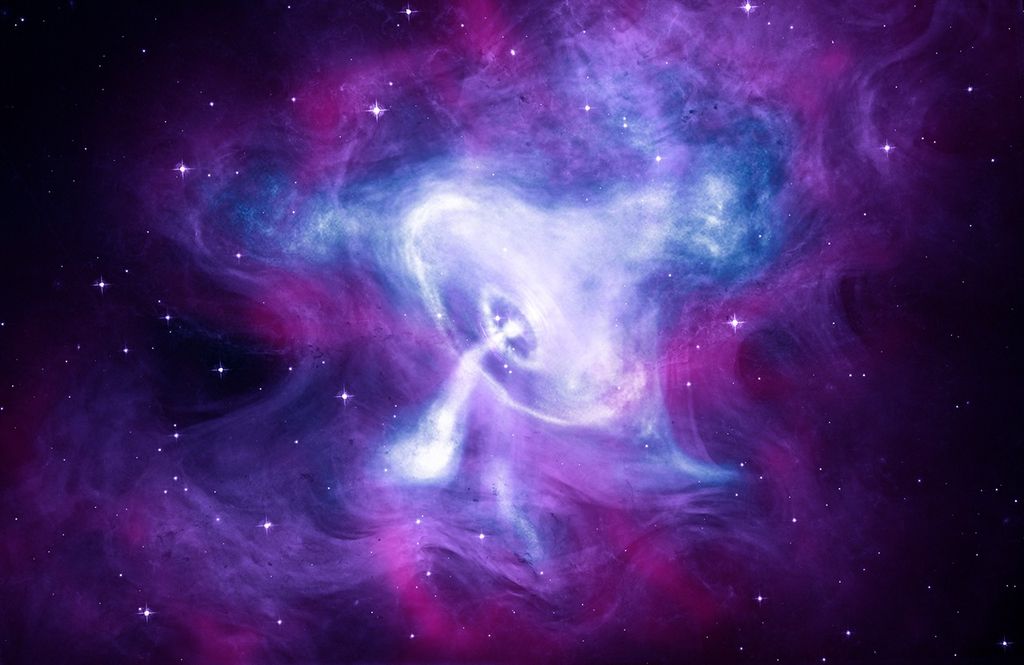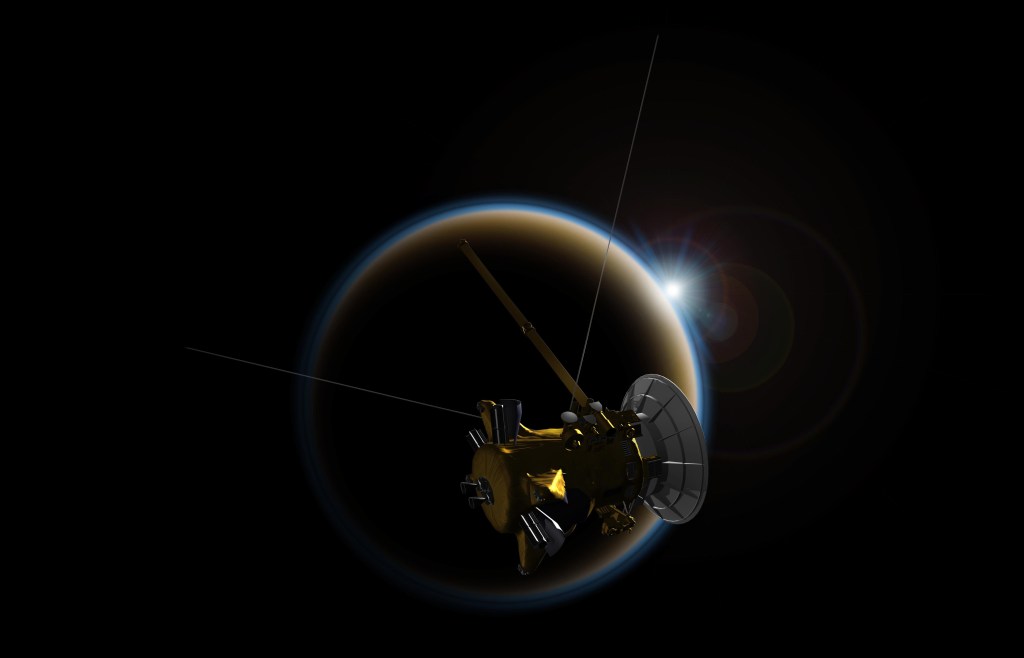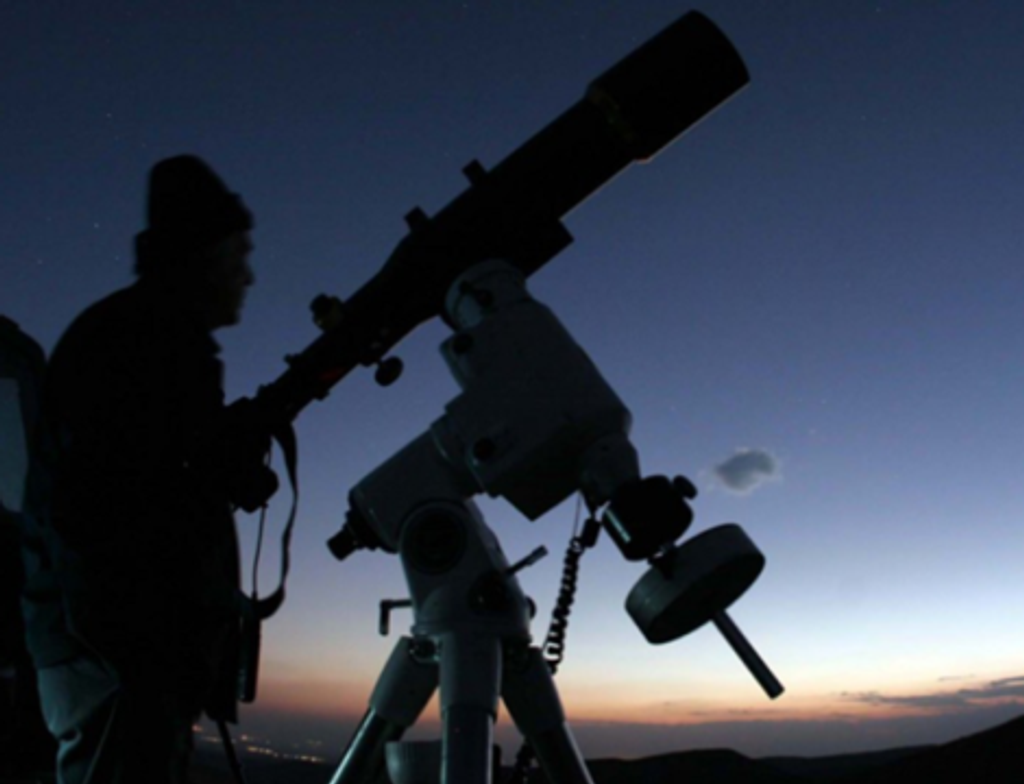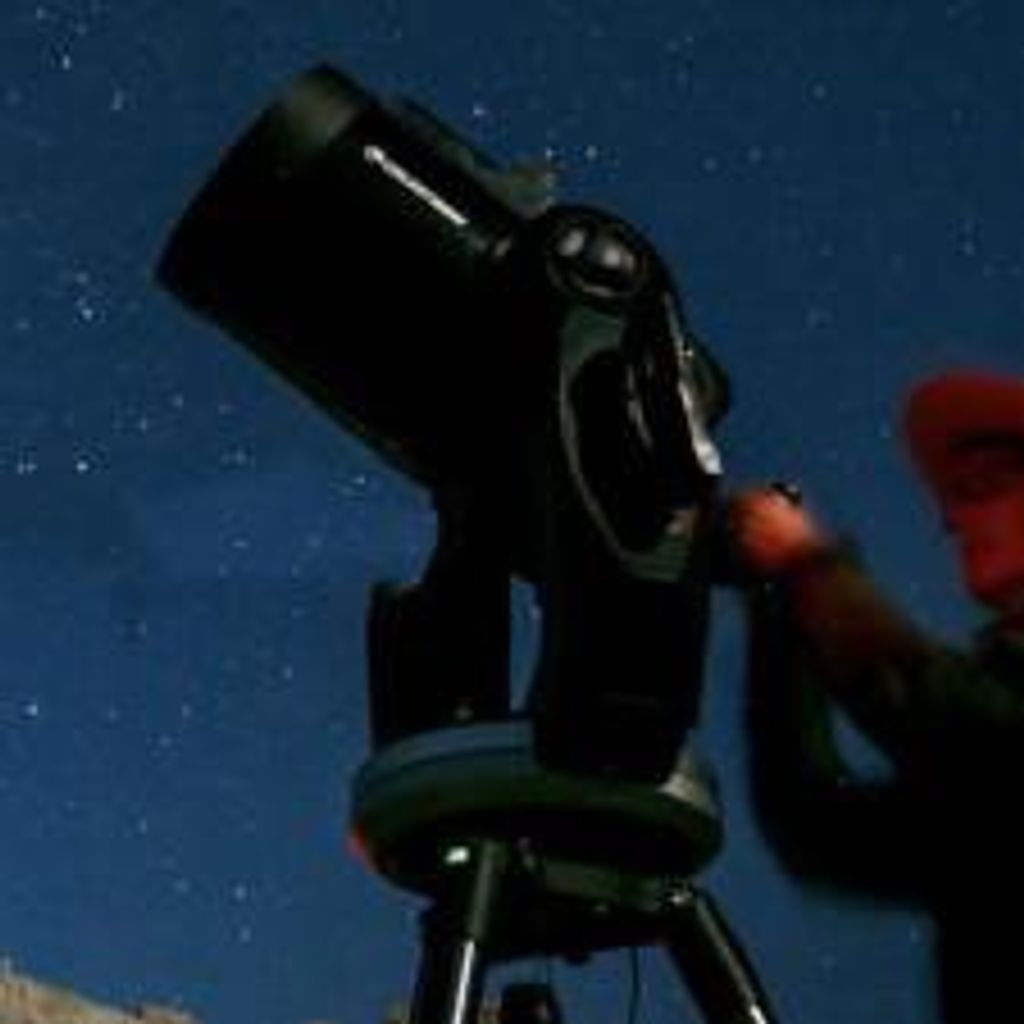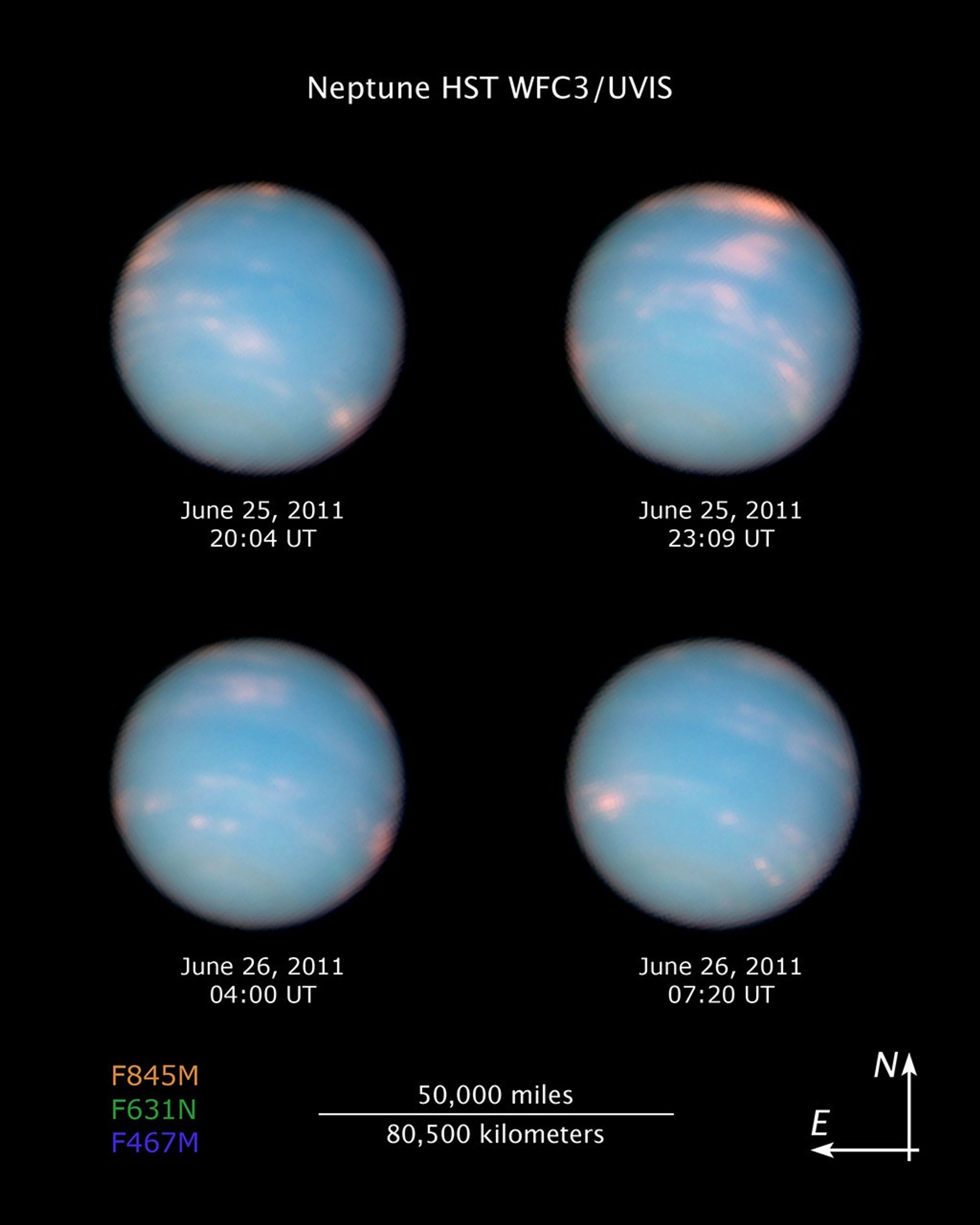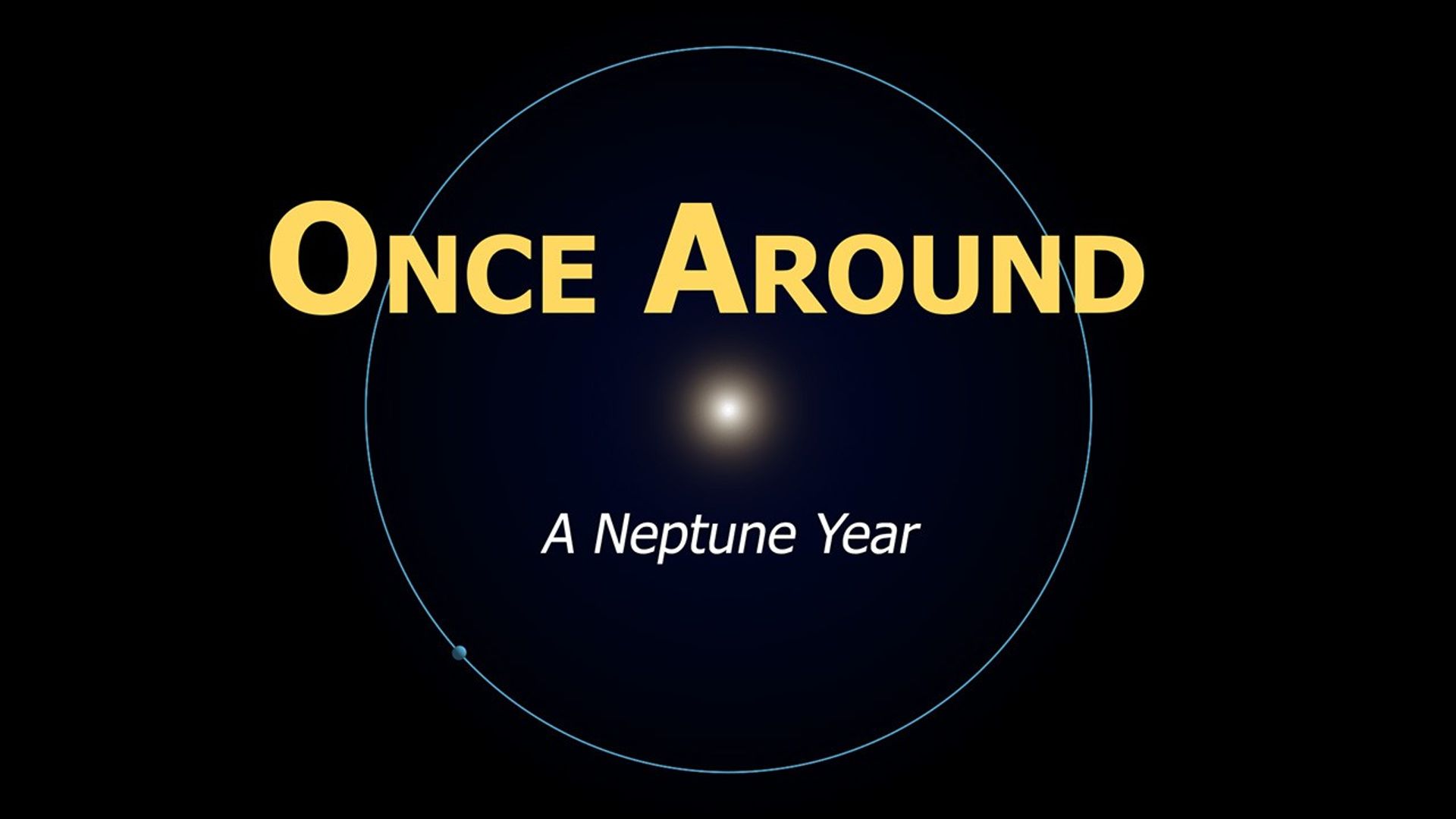1 min read
Hubble Observes Changes in Neptune’s Atmosphere
Our solar system's most distant major planet, Neptune, has arrived at the same location in space where it was first discovered 165 years ago. To commemorate the event, NASA's Hubble Space Telescope has taken images of the blue-green giant planet.
Neptune was first discovered 165 years ago and now has completed one full orbit around the Sun. To celebrate this milestone, astronomers used Hubble's Wide Field Camera 3 to take a closer look at the planet. Images reveal high-altitude clouds composed of methane ice crystals. The methane absorbs red light resulting in the planet's aqua color. The clouds look pink because they are reflecting near-infrared light.
This video sequence compiles data from Hubble's observations of Neptune to show the blue-green planet rotating on its tilted axis. A day on Neptune is 16 hours long, and Hubble took images of the planet every four hours.
- Release DateJuly 12, 2011
- Science ReleaseNeptune Completes Its First Circuit Around The Sun Since Its Discovery
- Credit
Related Images & Videos

Neptune's Anniversary Portraits
Today, Neptune has arrived at the same location in space where it was discovered nearly 165 years ago. To commemorate the event, NASA's Hubble Space Telescope has taken these "anniversary pictures" of the blue-green giant planet. Neptune is the most distant major planet in our...
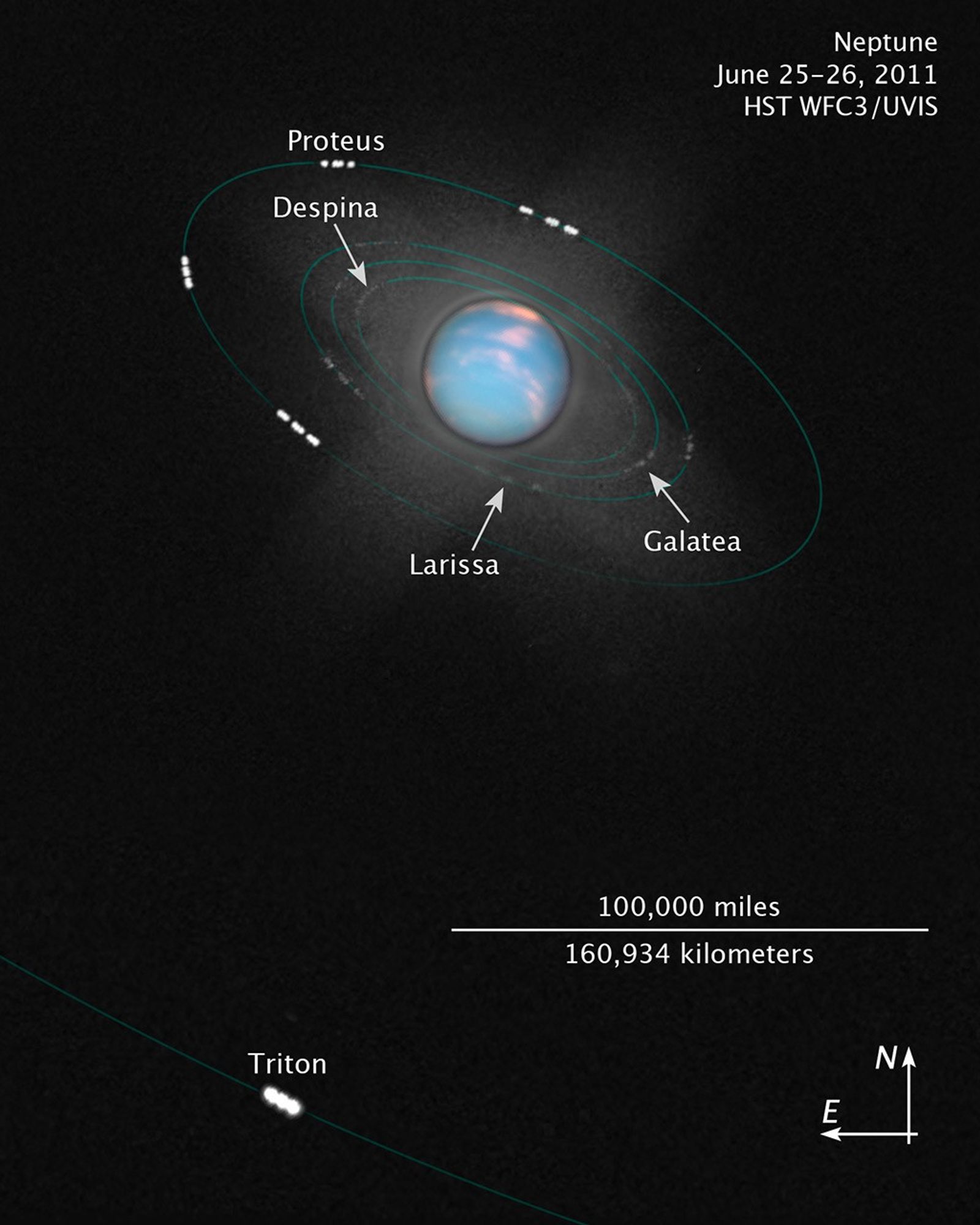
Inner Moons of Neptune
This illustration was composed from numerous separate Hubble Wide Field Camera 3 images. A color image composed of exposures made through three color filters shows the disk of Neptune, revealing clouds in its atmosphere. Forty-eight individual images from a single filter were...

Sky & Telescope: Path of Neptune in 2011
Neptune's position in the sky is plotted on this star map, along with the 1846 predicted positions of its location, and where it was eventually discovered. The blue planet resides in the constellation Aquarius for the rest of 2011. The apparent change of direction of Neptune's...
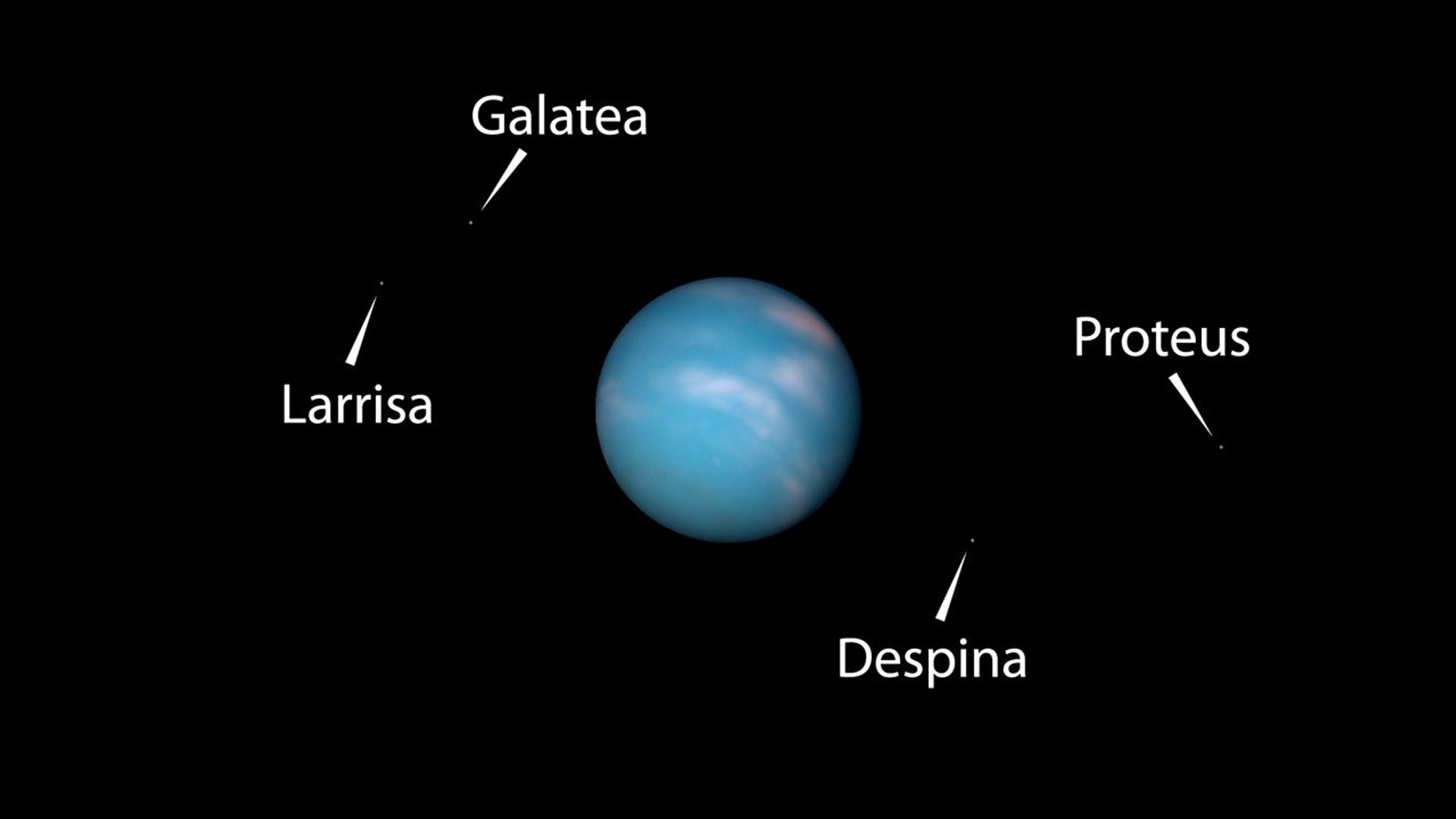
Hubble Observes Changes in Neptune's Atmosphere (Annotated)
Our solar system's most distant major planet, Neptune, has arrived at the same location in space where it was first discovered 165 years ago. To commemorate the event, NASA's Hubble Space Telescope has taken images of the blue-green giant planet. Neptune was first discovered 165...
Share
Details
Claire Andreoli
NASA’s Goddard Space Flight Center
Greenbelt, Maryland
claire.andreoli@nasa.gov

